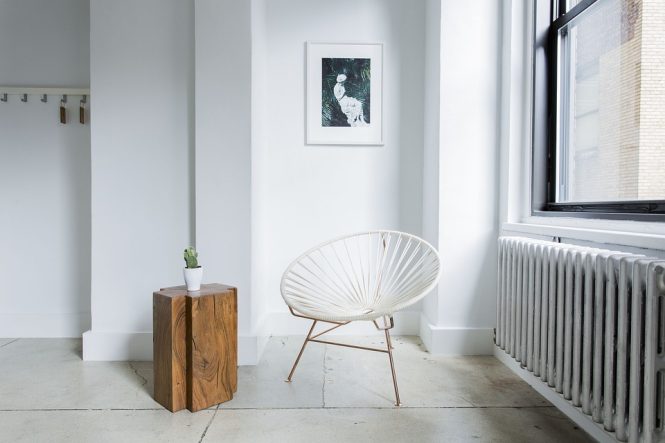
The COVID-19 pandemic has brought about a significant shift in the way we live, work, and interact with one another. As people spend more time at home, the concept of a “home” has evolved, and the design of our living spaces is changing to accommodate the new realities of life in a pandemic. This article explores the new normal in home design and how COVID-19 is influencing the way we live in our homes.
The Rise of the Home Office
With many companies adopting remote work policies, the home office has become an essential component of modern homes. Gone are the days of dedicating a small corner of the bedroom or living room to a desk and chair. Today, homeowners are transforming entire rooms into dedicated home offices, complete with soundproofing, high-speed internet, and comfortable seating.
The design of home offices is also changing, with a focus on natural light, ventilation, and acoustics. Homeowners are incorporating elements like large windows, skylights, and acoustic panels to create a comfortable and productive work environment. The goal is to create a space that is both functional and relaxing, allowing individuals to work from home without feeling isolated or disconnected from the rest of the household.
The Importance of Air Quality and Ventilation
The COVID-19 pandemic has highlighted the importance of air quality and ventilation in our homes. As we spend more time indoors, the air we breathe can become stale and contaminated with pollutants, allergens, and viruses. To mitigate this, homeowners are investing in advanced air filtration systems, heat recovery ventilation systems, and natural ventilation strategies like large windows and solar chimneys.
These design elements not only improve indoor air quality but also reduce the risk of airborne transmission of diseases like COVID-19. By incorporating natural ventilation and air filtration systems, homeowners can create a healthier and more comfortable living environment that promotes well-being and reduces the risk of illness.
The Evolution of Kitchen Design
The kitchen has always been the heart of the home, but the COVID-19 pandemic has accelerated its evolution. With more people cooking at home, the kitchen has become a hub of activity, and its design is changing to accommodate the new demands of meal preparation, food storage, and socializing.
Homeowners are opting for larger kitchens with ample counter space, storage, and state-of-the-art appliances. The focus is on creating a space that is both functional and social, with large islands, breakfast bars, and open-plan living areas that facilitate interaction and community.
The Role of Technology in Home Design
Technology is playing a significant role in the design of modern homes, particularly in the context of COVID-19. Smart home systems, voice assistants, and automated lighting and temperature control systems are becoming increasingly popular, as they enable homeowners to manage their living environments with ease and convenience.
These technologies also offer a range of benefits, from energy efficiency and cost savings to improved safety and security. For example, smart doorbells with cameras and motion sensors can alert homeowners to potential intruders, while automated lighting systems can simulate occupancy and deter burglars.
The Impact of COVID-19 on Home Layout and Organization
The COVID-19 pandemic has also influenced the way we organize and layout our homes. With more people working from home, the need for dedicated spaces for different activities has become more pressing. Homeowners are reconfiguring their living spaces to accommodate multiple functions, such as home offices, gyms, and entertainment areas.
The concept of “zones” is gaining popularity, where different areas of the home are dedicated to specific activities, such as a “work zone,” a “relaxation zone,” or a “social zone.” This approach enables homeowners to create a sense of separation and definition between different spaces, even in open-plan living areas.
The Future of Home Design
As the COVID-19 pandemic continues to shape our lives, it is likely that home design will continue to evolve in response to new challenges and opportunities. The future of home design will be characterized by a focus on flexibility, adaptability, and resilience, as homeowners seek to create living environments that are both comfortable and secure.
The incorporation of advanced technologies, sustainable materials, and innovative design strategies will play a significant role in shaping the future of home design. As we navigate the complexities of life in a pandemic, the design of our homes will continue to adapt and evolve, reflecting our changing needs, values, and priorities.
In conclusion, the COVID-19 pandemic has brought about a significant shift in the way we design and live in our homes. From the rise of the home office to the importance of air quality and ventilation, the evolution of kitchen design, and the role of technology, the new normal in home design is all about creating living environments that are flexible, adaptable, and resilient. As we look to the future, it is likely that home design will continue to evolve in response to new challenges and opportunities, reflecting our changing needs, values, and priorities.